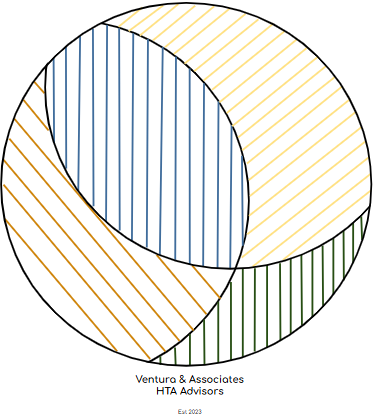The Commercial Sequencing Market: Where To?

The sequencing industry has been shaped by its profound contribution to research on human health and ancestry. The market is continuously improving by significant product launches in the form of better biomarker panels (“assays”), fast and higher throughput instruments, and strategic collaborations with drug manufacturers to generate evidence for the treatment of complex disease. Illumina, the most dominant force in the NGS space, recently introduced its NovaSeq X Series, aiming to dramatically increase sequencing throughput and lower the per-genome cost, and the MiSeq i100 Series for greater accessibility. Roche and Thermo Fisher Scientific, another key player, has strategically expanded its capabilities through acquisitions, and focused on consumables, reagents, research use only and laboratory diagnostic tests after exiting from the sequencing instrument market. Now, companies like Pacific Biosciences and Oxford Nanopore Technologies are faces with amounting validation and customer challenges despite the inherent value from developing long-read technologies. The landscape nearly 10 years ago became more rich and academically-interesting with the advent of multi-omic and single-cell sequencing technologies fostered by 10X Genomics. In the clinical diagnostic realm, companies like Agilent Technologies, QIAGEN, and Quest Diagnostics rapidly their commercial footprin. Others like GeneDx, Natera, and the larger manufacturers grew their portfolio to establish footprints through rare adult and pediatric testing. This area was also spearheaded by academic institutions with the in-house capabilities to create LDTs and analyze bioinformatic data with sufficient speed and quality to be used in specialized clinical practice. Smaller and more localized competition sprouted with the best examples being Exact Sciences, GeneWiz, or Ambry Genetics now encountering strategic growth risks.
Today, competitive advantage in the industry revolves around technological innovation, cost reduction per genome, data accuracy, speed, and the development of user-friendly, integrated workflows. Expectations are even higher with the advent of improved clinical decision software (CDS) through artificial intelligence (AI). Despite the exciting advancements, the market faces notable hurdles. The sheer volume and complexity of genomic data generated posed a significant challenge in early decades, requiring sophisticated bioinformatics tools and highly skilled professionals for accurate analysis and interpretation. We now are approaching peak performance expectations with the semiconductor sector peaking and the wide range of academic certification programs that exist today. The operational aspect of bioinformatic analysis has long been cited as a bottleneck for wider adoption in clinical settings and smaller research labs. Regulatory pathways for genomic tests, particularly laboratory-developed tests (LDTs), can be complex and subject to change, creating uncertainty for companies. Securing favorable reimbursement policies from private and public payers for novel genomic tests remains a critical barrier to clinical integration and market growth. However, the early entrants who progressed their assay validation from research-use only to LDT (regulated by CMS) to Class II devices (regulated by the FDA). Growth areas still lie in improved coverage and reimbursement, promotion and awareness (i.e., preventative services), similarly, quantity leading to longitudinal assessments of human health, and lastly portfolio optimization and investment.
Fundamental research is the engine driving the commercial genomic sequencing market. Advances in understanding the genetic basis of diseases, identifying actionable biomarkers, and developing targeted therapies are direct results of extensive genomic research. This research, often conducted in academic institutions and pharmaceutical companies utilizing commercial sequencing platforms, fuels the demand for more advanced and efficient sequencing technologies and bioinformatics solutions. The insights gained from research into areas like cancer genomics, infectious disease dynamics, and the genetic underpinnings of rare diseases directly translate into new clinical applications and market opportunities for sequencing companies. Of course, resolution of causal genomic and epigenetic drivers of non-communicable conditions like psychiatric disorders or metabolic syndromes, for example, remain unmet.
U.S. commercial genomic sequencing companies have made significant contributions to global public health. Beyond COVID-19, companies like Illumina have launched initiatives such as the Global Health Access Initiative to make pathogen sequencing more accessible and affordable in low- and middle-income countries, supporting efforts to combat infectious diseases like tuberculosis (TB) through initiatives that utilize sequencing for drug resistance profiling and surveillance (such as contributions to platforms like ReSeqTB). These efforts highlight the critical role of commercial genomics in building global health security and addressing infectious disease threats worldwide.
The U.S. commercial genomic sequencing market is a vibrant ecosystem at the intersection of cutting-edge technology, clinical medicine, and global health. While navigating challenges related to data, regulation, and reimbursement is essential, the continuous innovation and expanding applications of genomic sequencing promise to profoundly impact healthcare and public health for years to come. Reach out to us at Ventura & Associates HTA Advisors to assess your strategic options and put forth a plan for future success keeping your business and workforce in mind.
